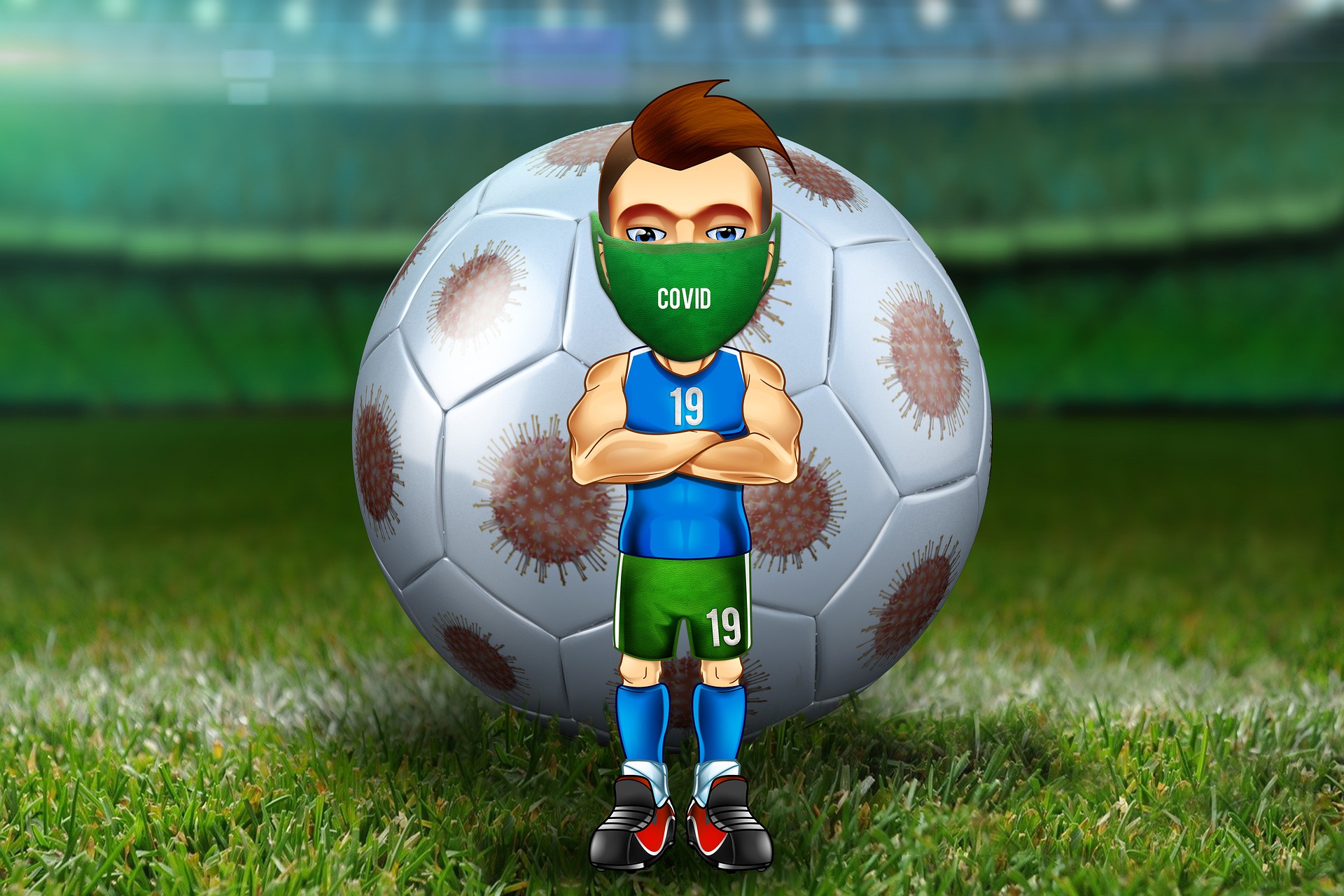BY MAKENNA ALLEN
As communities and states begin to reopen in the aftermath of the COVID-19 pandemic, questions regarding sports of all levels from pee-wee to professional hang in the air. In the realm of college athletics, the NCAA recently announced baseline plans for the upcoming 2020-2021 academic year.
Though the recent decisions by the NCAA will certainly affect Fort Hays State University Athletics, the department is currently working to evaluate the course forward for all sports teams on campus. According to Athletic Director, Curtis Hammeke, the department holds the goal of finalizing all schedules by June 16.
The plans vary between Division I and Division II. However, the strategy for Division I begins with the basics of every season: practice.
On May 20, the Division I Council announced that all football and basketball teams can return to voluntary practice, beginning June 1. The council detailed regulations for these practices which prohibit coaches from attending the gatherings unless a sport-specific safety exception allows for it. As of May 22, the council extended this decision from just football and basketball to all NCAA sports.
Schools can also continue to require up to eight hours of virtual, nonphysical team activities through the end of June. “Virtual athletics” may also take place in the form of strength and conditioning coaches virtually observing students’ workouts. The decision stipulates that these coaches are not allowed to direct or control the workout, even though they can discuss elements of it.
As the council for Division I prepares to allow students-athletes to condition for their seasons, it is also making plans for fall championships to continue. However, the NCAA recognizes that adjustments may be necessary as the fall season progresses.
There is still a third area of NCAA Division I athletics that has been affected by recent decisions. On May 27, the council announced that it will extend its recruiting dead period through July 31. The idea behind the recruiting freeze is that it will allow coaches to focus on returning athletes rather than those that may potentially attend a school.
While the Division I Council made these decisions, the Division II Council laid out plans of its own. May 20, the President’s Council for DII lowered the maximum and minimum number of contests required to compete in a national championship event. This choice was made following the review of a survey encompassing 95% of the division’s athletic directors.
The survey found that many Division II schools were struggling economically as a result of the ramifications of COVID-19. Though the number of competitions required varies from sport to sport, the general rule is that the decision will reduce the minimum number of contests required for NCAA sponsorship by 33%. The reduction will also impact the maximum number of contests in which a team can compete during the season.
Ultimately, the rule will be applied to all regular-season competition. However, discretionary exemptions (scrimmages and exhibitions against non-Division II schools) will not be counted toward the maximum number of competitions.
The NCAA specifies that this decision is a one-year, temporary response to the pandemic and its impact upon Division II athletics.
While the NCAA Division II council has acted to aid smaller schools, the NAIA has remained quiet regarding the issue. However, on May 14, the organization decided to extend championship agreements with many of its host sites for future competitions. The one-year extensions will allow seven locations that planned to host championships this year to do so for another year in the future.
Stay tuned to Tiger Media Network for more updates as they become available.

